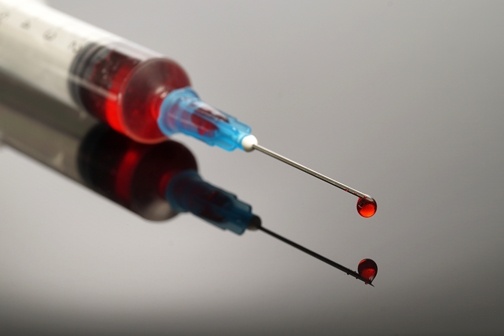
Researchers in the United States may have used a stem cell injection for diabetic neuropathy in animal tests. Diabetic neuropathy occurs when persistently high blood sugar levels cause nerve damage.
The symptoms from the nerve damage can include pain, muscle spasms, muscle weakness, numbness and a reduced ability to feel pain. Diabetic neuropathy affects up to 60% of people with diabetes and often leads to dangerous foot ulcers that can require amputation. There is currently no cure for diabetic neuropathy.
The research team found that injecting laboratory animals with mesenchymal stem cells derived from bone marrow led to angiogenesis (blood vessel growth) and nerve re-myelination. Findings from the study are set to be published in the journal Cell Transplantation.
Mesenchymal stem cells can be easily isolated from a variety of sources including umbilical cord blood, adipose (fat) tissues, tendons, peripheral blood, and bone marrow. A number of research projects are currently looking at the potential uses of MSCs in treating conditions including burns and cardiac damage.
The research is the first to show bone marrow derived MSCs can play a role in treating diabetic neuropathy. It is extremely important because the only current treatment options for diabetic neuropathy are palliative in nature (treating the pain) or hope to slow the progression of the disease by reducing blood sugar levels.
The next step is to determine the safety and efficacy of the treatment for human application. If it is possible to use a stem cell injection to cure diabetic neuropathy, it could potentially improve healthcare outcomes for millions of people with diabetes.
Source: Stem cell injections improve diabetic neuropathy in animal models
{{cta(‘3fe0aac7-7562-46dc-b8b9-c706d9cfd6b1’)}}
{{cta(‘fec594e9-5433-4350-9180-2bdd371eb399’)}}


